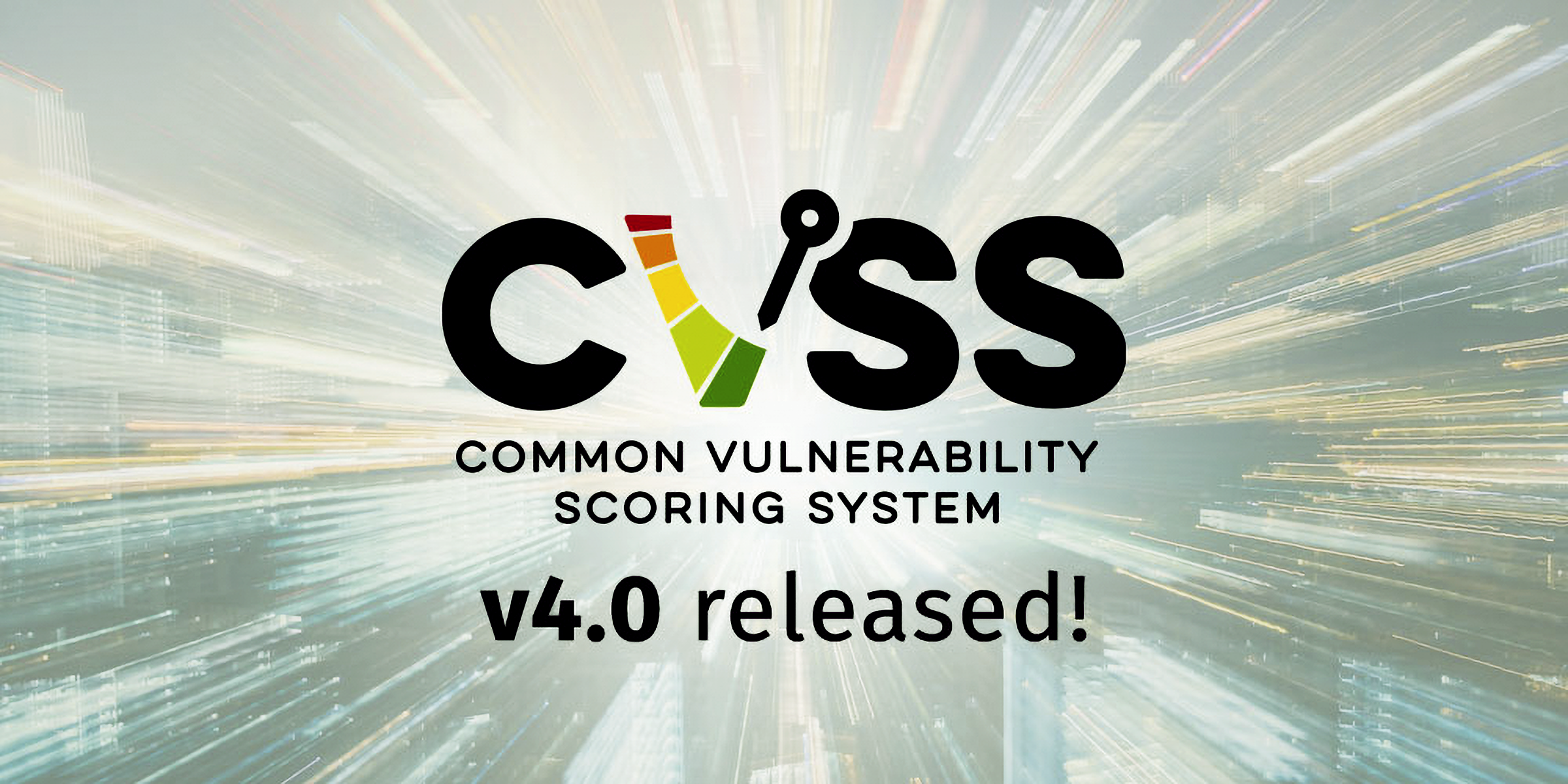Exploring the Latest CVSS v4.0 Vulnerability Severity Rating Standard
In the fast-paced world of cybersecurity, staying ahead of potential threats and vulnerabilities is crucial. The Forum of Incident Response and Security Teams (FIRST) has taken a significant step forward by officially releasing CVSS v4.0, marking the next generation of its Common Vulnerability Scoring System standard. This release comes eight years after the previous major version, CVSS v3.0. In this comprehensive article, we delve into the intricacies of CVSS v4.0, its impact on the cybersecurity landscape, and the key enhancements it brings. This was announced on Nov. 1, 2023 via twitter.
Understanding the Common Vulnerability Scoring System (CVSS)
CVSS is a standardized framework that plays a pivotal role in assessing the severity of software security vulnerabilities. It assigns numerical scores, or qualitative representations (such as low, medium, high, and critical) based on multiple factors. These factors encompass exploitability, impact on confidentiality, integrity, availability, and required privileges. Notably, higher scores signify more severe vulnerabilities. This standardized approach aids in prioritizing responses to security threats by providing a consistent method to evaluate the impact of vulnerabilities and compare risks across diverse systems and software.
Key Improvements in CVSS v4.0
CVSS v4.0 introduces a range of crucial enhancements, making it a valuable upgrade for the cybersecurity community:
-
Finer Granularity in Base Metrics
The revised standard offers finer granularity in base metrics, which benefits consumers by providing more detailed information for assessment. This additional granularity helps in making more precise decisions about the severity of vulnerabilities.
-
Removal of Scoring Ambiguity
CVSS v4.0 addresses scoring ambiguity in downstream applications. By removing this ambiguity, it streamlines the vulnerability assessment process and ensures more consistent results across different platforms.
-
Simplified Threat Metrics
Simplification of threat metrics in CVSS v4.0 allows security professionals to assess potential threats with greater ease and accuracy. This simplification enables quicker threat analysis and response.
-
Enhanced Assessment of Environment-Specific Security Requirements
The latest version of CVSS enhances the effectiveness of assessing environment-specific security requirements. It also takes into account compensating controls, providing a more comprehensive view of vulnerabilities.
-
Introduction of Supplemental Metrics
CVSS v4.0 brings several supplemental metrics into the fold for vulnerability assessment. These metrics include:
- Automatable (wormable): Assessing the potential for automation of an attack.
- Recovery (resilience): Evaluating the system’s ability to recover from an attack.
- Value Density: Analyzing the density of valuable assets that may be impacted.
- Vulnerability Response Effort: Gauging the effort required to respond to a vulnerability.
- Provider Urgency: Assessing the urgency of the vulnerability provider’s response.
-
Applicability to OT/ICS/IoT
One of the standout features of CVSS v4.0 is its broader applicability. It now extends its reach to OT (Operational Technology), ICS (Industrial Control Systems), and IoT (Internet of Things) domains. This expansion includes the incorporation of safety metrics and values into both the Supplemental and Environmental metric groups.
New Nomenclature in CVSS v4.0
CVSS v4.0 introduces a new nomenclature to simplify the severity ratings. These include:
- Base (CVSS-B)
- Base + Threat (CVSS-BT)
- Base + Environmental (CVSS-BE)
- Base + Threat + Environmental (CVSS-BTE)
The Significance of CVSS v4.0
FIRST unveiled CVSS 4.0 during its 35th annual conference in Montréal, Canada, labeling it as a “cyber sector game-changer.” This release comes 18 years after the initial launch of CVSS version 1 in February 2005. The rapid development of the CVSS system over these years has significantly improved the cybersecurity landscape, building on capabilities to defend against cybercriminal activities.
Chris Gibson, CEO of FIRST, expressed pride in the hard work and dedication of the CVSS-SIG in producing version 4.0. He emphasized the timely release of this update as the world continues to witness a significant rise in cybersecurity threats. FIRST’s overarching goal as a membership organization is to empower its members and the sector, demonstrating leadership and ensuring continuous improvement in collaborative efforts to defend against cyber-attacks.
Beyond CVSS: TLP 2.0
In addition to CVSS v4.0, it’s worth noting that FIRST also published TLP 2.0 last year. TLP, or Traffic Light Protocol, is a standard used in the computer security incident response team (CSIRT) community when sharing sensitive information. TLP 2.0 represents the latest iteration of this standard, further enhancing information sharing and collaboration in the cybersecurity realm.
In conclusion, CVSS v4.0 is a significant milestone in the world of cybersecurity, offering a more precise and comprehensive approach to assessing and addressing software security vulnerabilities. Its finer granularity, removal of scoring ambiguity, and broader applicability to emerging technology domains make it a valuable tool in the ongoing battle against cyber threats. As the cybersecurity landscape continues to evolve, standards like CVSS v4.0 play a crucial role in safeguarding digital ecosystems.



